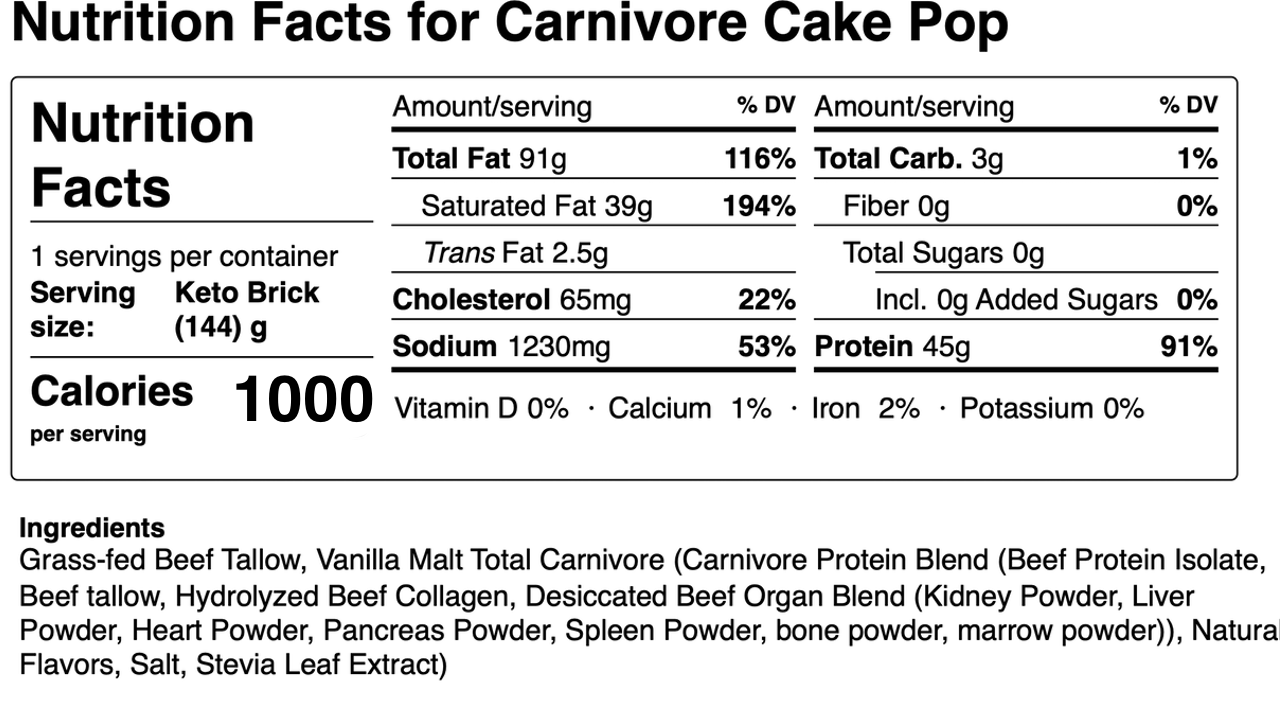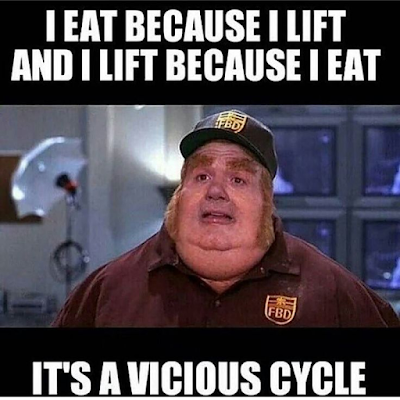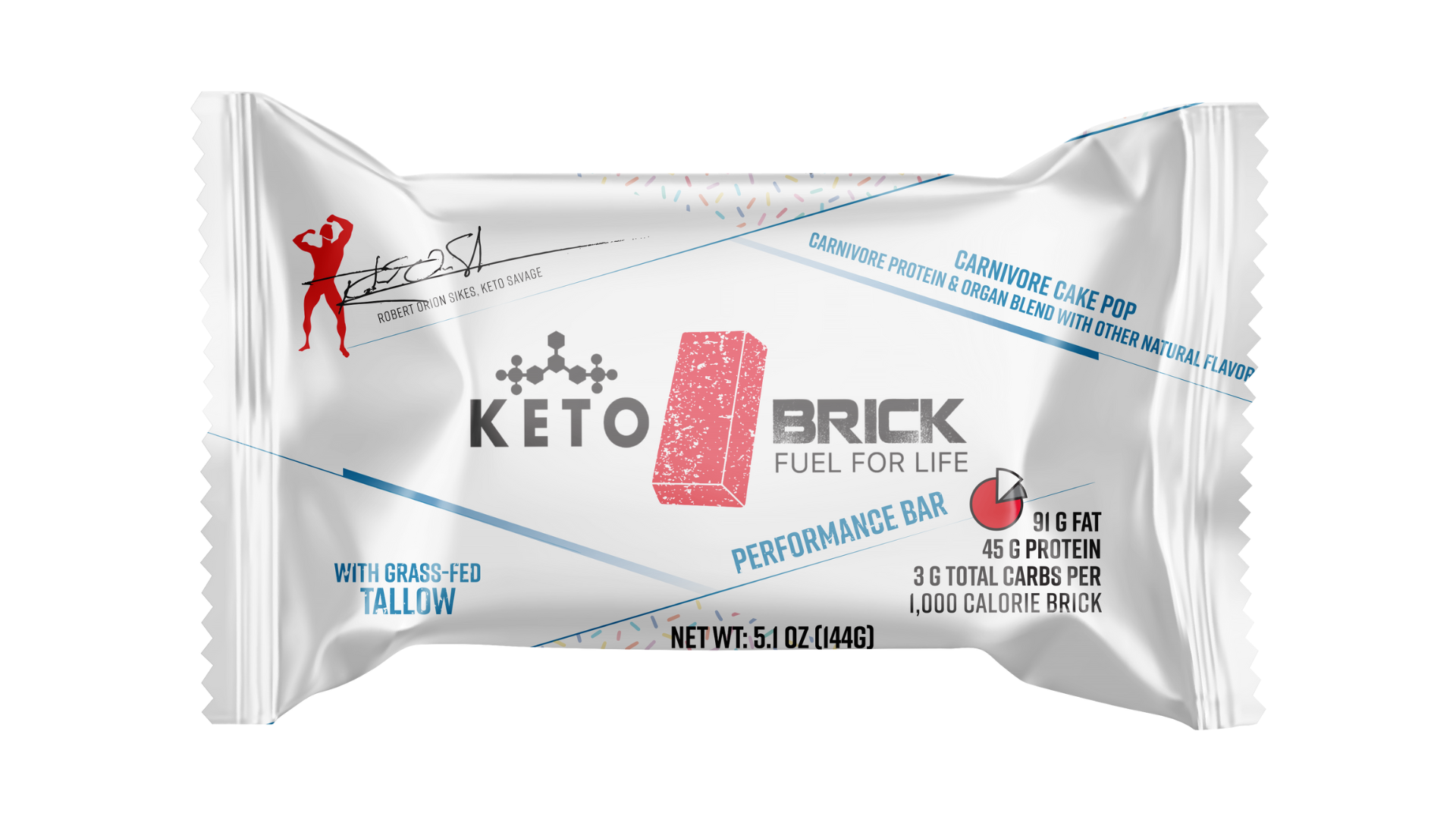I’ve
recently returned from yet another cruise vacation, this time my longest one
yet at 13 days, as this one had stops in Rome, Sicily and Naples Italy along
with Mykonos and Athens Greece, so we spent some time in country as well to be able
to enjoy the sites. As part of such a
long trip, I picked up a few observations and got to try out some new stuff, so
I wanted to do a quick review of a few things and lay out some ideas. If there’s any demand, I can go even further
into detail, as each singular item could be a blogpost in and of itself. Very similar to my bulletpoint entries, which
seem to be a favorite among longtime readers.
---
BEARFOOT SHOES AND SLINGSHOT'S
DEADLIFT SLIPPER

* First
shoutout goes out to Bearfoot shoes, a North Dakota based company co-owned by
Chris Duffin. I first heard about them
from Brian Alsruhe, and have been wearing them exclusively anytime I wear shoes
outside of work, to include their boots in the colder months and their low tops
in the warmer months for about the past 2 years now. But for this trip in particular, I strapped
on a brand new (right out of the package) pair of Ursus black suede generation
2s literally before heading out to the airport for my flight to Rome. If you’ve never been to Europe before, it is
VERY walking friendly and, in turn, you do a TON of walking. My watch’s step counter has a goal of 10k
steps per day, and I never failed to meet that goal, quite often doubling
it. My 13 day trip’s final port
destination was Naples on day 11, wherein we climbed to the peak of Mount
Vesuvius, which I did in that SAME pair of Ursus. In any other situation, taking a brand new
pair of shoes through this sort of “stress test” would be a surefire way to
develop a bunch of blisters, hot spots, and broken feet, but these absolutely
handled the task without issue and my feet were totally comfortable through out
the trip. Once again, I HAVE been
wearing these styles of shoe for around 2 years, so my feet are adjusted to
this style of shoe, but it still speaks to a very quality product. The generation 2 is a bit more rugged than
the generation 1 as far as the rubber sole on the bottom of the shoe goes,
which proved to be an asset on that mountain hike and while walking through
cobblestone streets in Europe. And the
black suede look was fashionable enough that I could wear these shoes to my
wife and I’s anniversary dinner at the upscale returant on the ship along with
the various wonderful dinning locations in Italy and Greece and never receive a
second look. The volcanic ash and soil
of Vesuvius DID get the shoes a little dirty (which is why I was thankful to
tackle that at the END of the vacation), but I was able to clean them pretty
effective with some wet napkins, and some suede cleaner should definitely do
the trick.
* In full
disclosure, I DID actually pack a pair of Mark Bell’s deadlift slippers to use
as workout shoes during this trip, only because I didn’t want my Bearfoot shoes
to get too sweaty as my only pair of real shoes for the trip, but if that
wasn’t a concern, these would also make excellent gym shoes, as that was their
original intent/design. But as a side
shout out as well: those deadlift slippers DO make excellent travel training
shoes, as they take up very little space (low footprint: get it!) and are stupidly
lightweight and easy to pack. The rubber
sole on the bottom is VERY grippy, so you won’t run into issues of slipping and
sliding around, and given I was training on a cruise ship, that was a positive.
KETO BRICK
* Next up is
the “Keto Brick”, a product by Robert Sikes, the “Keto Savage”, marketed as a
“shelf-stable meal, with high quality ingredients, and a ton of calories” and,
of course, with the name, you understand it’s to support a ketogenic diet. This was a product Robert originally developed
for himself in 2017 to support contest prep (which it’s pretty awesome he’s
competed as a pro natural bodybuilder while maintaining a ketogenic diet
through the entire process) and, as time went on, a demand presented itself,
and he met it with supply. Originally,
these were simply ketogenic products, which is to say, they included a fair
amount of plant material in them in the form of the protein and fat sources,
but Robert expanded the empire to include “carnivore friendly” bricks, which is
what I ended up purchasing for my trip: the “carnivore cake pop” variety.
* Check out
the ingredients and the nutritional breakdown on this badboy

* 3g of
carbs per 1000 calories: that’s pretty nuts.
91g of fat and 45g of protein, with the fat source being grassfed beef
tallow and the protein source a blend of more tallow, beef protein and a bunch
of organs. I’d prefer to not have the
flavoring and the stevia, but as far as processed foods go, this is incredibly
clean, and my intent was to eat this on my 9.5 hour flights between continents
in lieu of airline cuisine or stopping at an airport McDonalds and throwing
down $45 on some burger patties. I
paired the brick with a bag of Stryve biltong, thinking I’d make these 1500
calorie meals with about 100g of fat and 125g of protein with 3g of carbs, but
in truth I only ever made it through about half a bag of biltong before I had
“enough”. I DID eat the meat out of my
airline meals along with that, so I most likely still came out around the same
place nutritionally. Meanwhile, my guts
felt awesome after eating this compared to when forced to eat “off menu”, and
the brick was incredibly satiating. I’m
not going to lie too: it was also very tasty.
I don’t get many sweet flavors with my diet, so a cake pop flavored
brick was absolutely a sweet treat. And
“brick” definitely describes these things: my wife said it looked like I was
eating a bar of soap…and also commented on how delicious it smelled.
 |
| Again, you'd rather I sit next to you with this on a flight vs a tin of sardines |
 |
| ...even if I look like this |
* People
balk at the pricetag of $15 per brick, but you need to re-read the entire
review I wrote there. This isn’t a
protein bar, it’s not a snack: it’s a full on meal. It’s 1000 calories, with quality ingredients,
yet I could throw it in my travel backpack and break it out at mealtime without
issue. I didn’t have to be the guy on
the airplane opening up a can of tuna or sardines and smelling up the
joint. And believe me: I TRIED to find
other ways to get 1000 calories worth of carnivore foods for less than $15: it
ain’t happening. Those bags of biltong I
mentioned run $12 EACH, and 1000 calories of it ends up being 160g of protein
and 35g of fat, which is not really much in the say of satiety or energy. Carnivore bars, which are effectively
pre-packaged pemmican, are $17 each and only 400 calories, so I’d be wanting
2.5 of them to equal a brick. If you’re
keeping carbs low and ingredients clean/simple while traveling, I don’t know
how you’ll beat the brick.
BOOKS
 |
| I know: I'm ashamed of myself |
* Since I
was without internet, my ability to screw around was diminished, so I did a lot
more reading. I made it through 4 books:
5x Crossfit Champ Mat Frazer’s “Hard Work Pays Off”, Tactical Barbell’s
“Ageless Athlete”, and a re-read of Paul Kelso’s “Powerlifting Basics Texas
Style” and Jamie Lewis’ “Grimoire of Victual Incantations”. I’ve already written extensively about my
love for Kelso’s work, and one of my most cherish ironhead memories is being
able to tell him that we read his book to my kid as a bedtime story and him
asking me to write a review of it on amazon before he passed away. I’ll most likely do full reviews of the other
books mentioned at some point, but here are the general takeaways.

* I really
enjoyed “Hard Work Pays Off”, despite me not being a Crossfit athlete or having
ambitions of being one. Mat does a
fantastic job of making the book part autobiographical, part Crossfit
instructional manual and part insider secrets for those looking to gain an edge
in competition. It’s not dry at all:
very “personal interest” style as you read about Mat overcoming his own
personal struggles to become the greatest athlete in his sport, while he
displays a great dead of candidness and vulnerability to the reader while still
taking the time to breakdown crossfit movements and WODs in a manner that’s
easy to understand and, ultimately, exciting.
I definitely found myself wanting to take on a few more WODs when I got
back to the states. Not surprisingly, my
favorite sections of each chapter would be at the end, when he detailed the way
he would eat to support the various chapter goals (Strength, Speed,
Coordination, Recovery, and Mentality).
This even included recipes, which, my regular readers will know,
instantly boosted this book, because I absolutely LOVE “all in one” books that
provide you with programming, technique breakdown AND nutritional advice all in
one spot. I got this book at a discount
from a second-hand bookstore, and was absolutely delighted with what a hidden
gem it was. If you have any interest in
physical training at a competitive level, it’s worth picking up.

* Tactical
Barbell’s “Ageless Athlete” was another wonderful read, once again because the
author of the book actually knew how to write.
Unlike the rest of the TB series, this book was not written by K. Black
but, instead Dr. Jim Madden, a member of the TB community, with an educational
background in philosophy, so already you understand why I enjoyed this book so
much. Jim employs his educational
background alongside his training and life history of athletics AND obesity/the
overcoming thereof to relay some incredibly worthwhile insights on how to
continue to train when one has ascended into the 40+ age bracket. His employment of the idea of an “ageless
athlete” vs a “masters athlete” is really key here, as he never once allows for
a compromise in performance: he simply advises on more effective training
methodologies to take onboard in order to ACHIEVE that same performance output
in light of the considerations/conditions that impact an older athlete
(biological along with sociological/family obligations/life/etc). One DOES need to come into this book with
some background understanding of how the Tactical Barbell system works as a
whole, just to understand the lingo and methodology being employed, but Madden
is able to take this system and make some tweaks and edits in order to really
maximize its benefit for the audience, and also does a brilliant job reframing
the mentality of the reader to best understand why it is we are doing what we
are doing. The nutrition information he
offers doesn’t crest into the realm of recipes/instructions, but he does take
the time to offer the reader a look at a 9 week training block from his own
personal journal, so there’s quite a bit of helpful information to be had from
here. Anyone interested in longevity
training or just ways to tweak Tactical Barbell should give this a read.

* Jamie’s
Grimoire, like many of his e-books, is a compilation of many related articles
all in one convenient location. The
book’s topics range from the impact of the enjoyment of food on the outcome of
eating it insofar as it relates to getting bigger and leaner, the biological
impact of spices/seasonings, the foods of warrior cultures around the world
(celts, huns, sumo, etc) and, of course, full on recipes for a variety of
stews, meat pies, and more conventional cuisine such as pulled pork, meatballs,
steak, etc. There are keto recipes, from
when Jamie was going through a keto phase, and incredibly dirty recipes, for when
Jamie was going through a mega mass gaining phase, which makes the book
enjoyable as it’s completely nutritionally agnostic as far as approach goes:
it’s just about reaching the goal.
Thankfully, the book is absent of the pornography that Jamie likes to
adorn his articles with, but it’s not absent of his incredibly colorful
language and use of metaphor. I read
this book with no intention of actually replicating any of the recipes, and
ultimately enjoyed all the fun historical insights as it related to how
different cultures ate and continue to eat today. I feel like this can be a fantastic read for
anyone new to the world of nutrition/cooking to support training and looking
for a unique approach.
WORKOUTS
 |
| The answer may shock you |
* I
typically don’t do any sort of organized training when I’m on vacation, and
often just completely stop training and just get in a lot of walking, but since
I have a strongman competition coming up on 26 Jul and this was 13 days away
from the iron, I tried to stay in shape this time around with a combination of
bodyweight exercises and gym lifts the 2 times I snuck away to the fitness
center on the ship. For the bodyweight
work, I settled on push ups and bodyweight squats as my primary movements, and
used a variety of approaches to get in a lot of reps in a 20 minute space (my
time limit, because, again: I was on vacation).
Juarez Valley, from Josh Bryant’s “Jailhouse Strong”, going
50-10-40-20-30 to get 150 reps of either movement, then another set of 50 and
then 10x10 to get a total of 300 was a solid workout, along with my own
Kalsu-esque workout where I set a timer for EMOM to do 5 burpees and then did
sets of 10 squats and push ups, seeing how many I could rack up in the
timespace, proved to be brutal. There
are a ton of different ways to play around here, and I never did the same one
twice. For lifting, I stole directly
from Dan John’s “Armor Building Formula” book and took on the task of getting
in 100 reps of dumbbell clean and press away with the 45lb dumbbells (20kg),
because those were what I had to work with.
Using his 2-3-5-10 ladder approach for 5 rounds and supersetting with a
chins/pull ups going 2-3-3-5 resulted in an INCREDIBLE upperbody pump. To no one’s surprise: Dan knows what he is
doing. I’ve written about the ABF AND
Jailhouse strong before: definitely worth picking those books up. Jailhouse Strong, in particular, is the only
Josh Bryant book I’ve read up until this point that I can honestly stomach,
whereas everything Dan writes is gold.
GENERAL OBSERVATIONS
 |
| Pretty much this |
* I didn’t
see a single obese Italian or Greek person while I was traveling. Whenever I DID see an observe person in Italy
or Greece, they were always an American tourist. Along with this, I observed that the food
quality in both of these countries (and, in turn, on the cruise ship, where
they stocked up on food in country) was absolutely phenomenal as a
BASELINE. Like, yes, I can absolutely
get the same quality of food in the states, but I have to hunt for it as
specialty stores or under labels like “organic free range grassfed pastured”,
which to the Italians and the Greeks, was just how food came. The relationship between these two things
can’t be ignored, along with the fact that there was only 1 fast food “empire”
I observed the entire time I was there: McDonald’s, and they had VERY few
places of operation. When people ate it,
it was at local establishments, using those same high quality ingredients, and
even the junkfood was in limited supply compared to the absolute bounty we
enjoy in the states. There was a lot
more smoking as well, and the Italians enjoy a diet rich in cured meats,
cheeses, pasta, breads and real butter, and are somehow not dying as fast as we
are. Damndest thing.
* On the
topic of obesity, I also saw a human with the highest bodyfat percentage I’ve
ever seen in my life. I don’t say this
to mean the FATTEST human I’ve ever seen: I’ve definitely seen fatter people,
clocking in at near 600lbs or so. This
person was a woman who was most likely in the range of 180lbs at an average
height, but her body was pure cellulite, and with every step she took, her
entire body RIPPLED. This was on the
pooldeck on the ship, and they were wearing a bikini, and with every step she took,
I’d see the shockwave start at her calf, rippled across her quads, roll into
her stomach, crest into her upper torso, and then bounce back down again. It was hypnotic: like watching a lava lamp. And at this point, I made yet another
connection with Powerlifting Basics Texas Style, wherein Paul Kelso discusses
the importance of lean mass as it relates to maintaining health and longevity. I was observing someone that possessed almost
no lean mass at all: a body almost entirely composed of fat. The sort of nutritional and lifestyle
decisions one would have to make to achieve that is truly mind boggling, and
just further emphasizes how important basic resistance training alongside a
diet that isn’t pure junk is for those seeking any manner of longevity.
* I had the
best bacon of my life at a hotel breakfast buffet in Rome, which once again
speaks to just how different the quality of food is. Pigs NOT raised on a diet of corn and soy in
confined feeding operations end up producing a VERY high quality meat: how
wild.
* We were tutored in souvalki making by a master chef in Mykonos, and part of the process involved letting the garlic soak in olive oil for 4 DAYS and letting the onions soak in a saltwater solution for 3-4 hours in order to remove the toxins. In the case of the latter, the onion no longer makes you cry when you cut it. It's fascinating how many other cultures, to include ancient societies, figured out that we're not supposed to eat plants raw, and here we're making that a badge of honor.



















